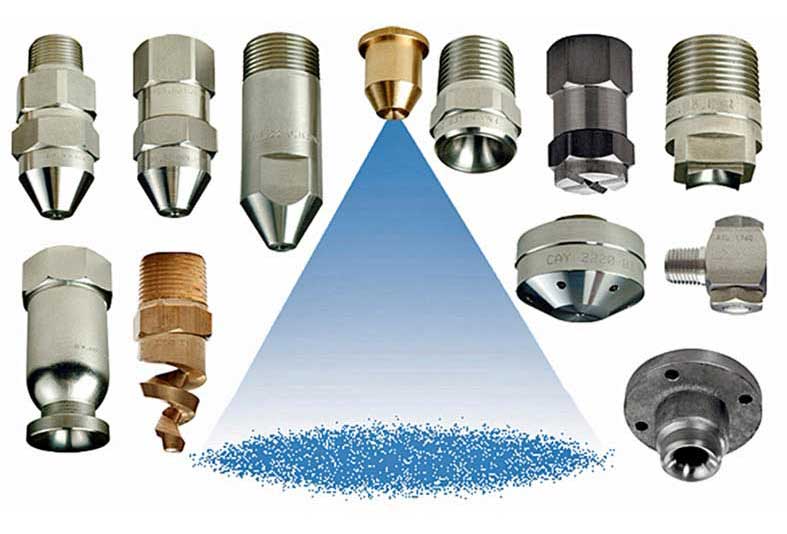Introduction
Wet scrubber nozzles are essential components in air purification systems, especially in industrial settings where controlling air pollution is a critical concern. These nozzles are central to the functionality of wet scrubbers, which are designed to remove pollutants from industrial exhaust gases before their release into the environment.
Function and Mechanism of Wet Scrubbers
The primary function of wet scrubbers is to facilitate the contact between the polluted gas stream and a scrubbing liquid, usually water. This is achieved through nozzles that spray the liquid into the gas stream. The efficiency of the scrubber largely depends on the nozzle’s ability to create a spray pattern that maximizes the gas-liquid contact, allowing for effective pollutant removal.
Types of Wet Scrubber Nozzles

There are several types of nozzles used in wet scrubbers, each suited for different applications and pollutants. These include spiral nozzles, hollow cone nozzles, and full cone nozzles, each with unique spray patterns and functionalities suited to specific pollutant types and scrubbing processes.
Material and Design Considerations
The choice of material for wet scrubber nozzles is critical, as they must withstand corrosion and wear. Materials like stainless steel, polypropylene, and special alloys are commonly used. The design of the nozzle is also crucial in determining its effectiveness and longevity in harsh industrial environments.
System Configuration and Maintenance
The configuration of nozzles in a scrubber system, including their size and number, depends on various factors like the gas flow rate and pollutant characteristics. Maintenance aspects such as ease of cleaning, inspection, and replacement are important to ensure the continuous efficiency of the scrubber system.
Environmental Impact and Importance
Wet scrubbers, aided by efficient nozzles, play a significant role in reducing the emission of harmful pollutants like sulfur dioxide, particulate matter, and volatile organic compounds. This is particularly important in industries such as chemical production, metal processing, and power generation, where air pollution control is paramount.
Conclusion
In summary, wet scrubber nozzles, though small components, are critical to the effective operation of air purification systems. Their design, material choice, and maintenance are key factors in the efficiency of wet scrubbers in controlling and reducing industrial air pollution. As environmental standards tighten and industrial processes evolve, the importance of these nozzles in ensuring cleaner air continues to grow.



More Stories
ATAS: Revolutionizing Trading and Investing Through Advanced Technology
How to Use Technology to Boost Your Business Organization
Best CCTV Cameras to Secure Your Home